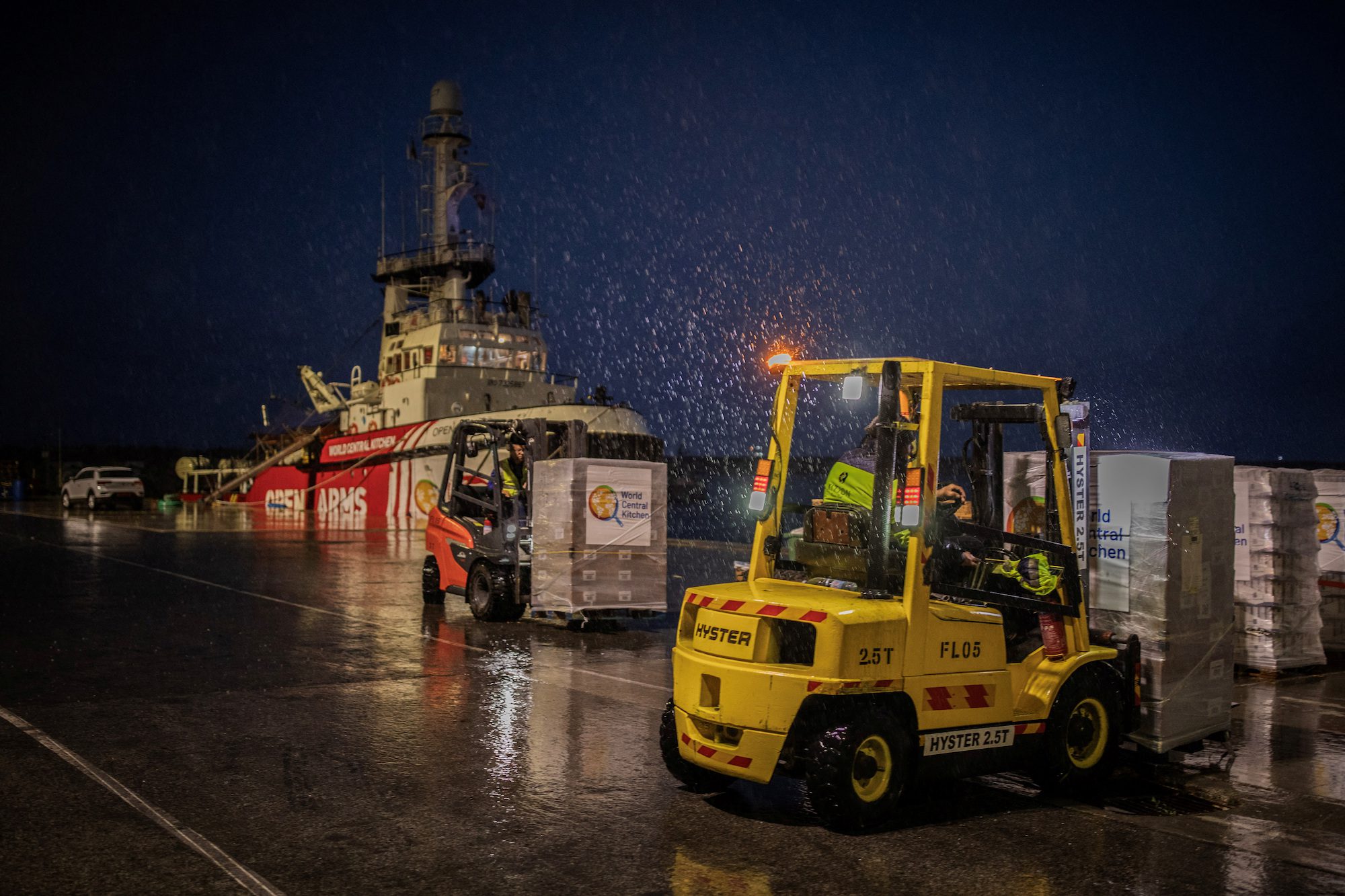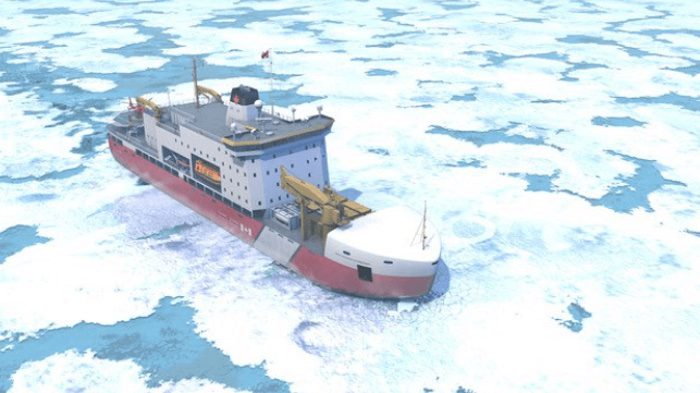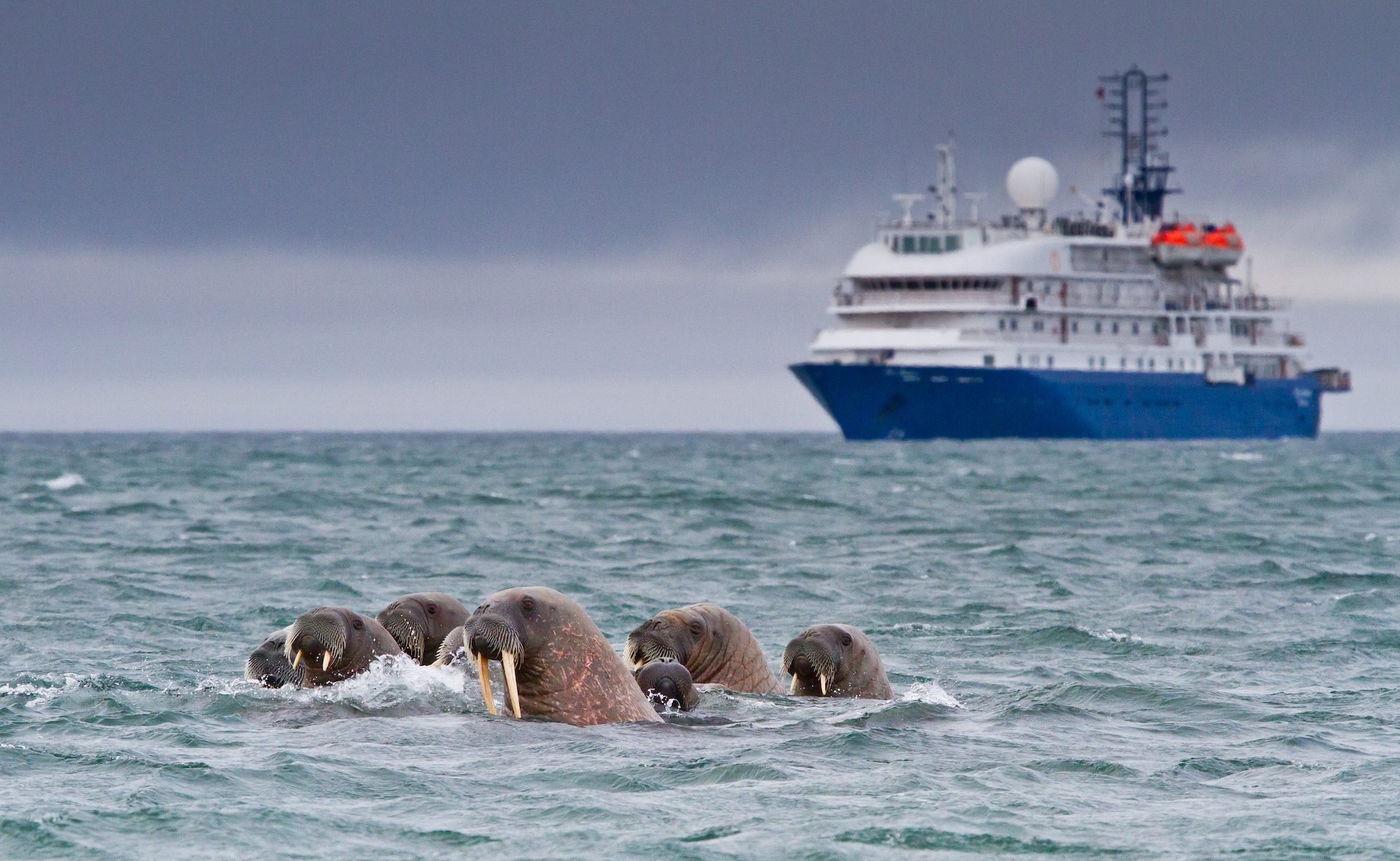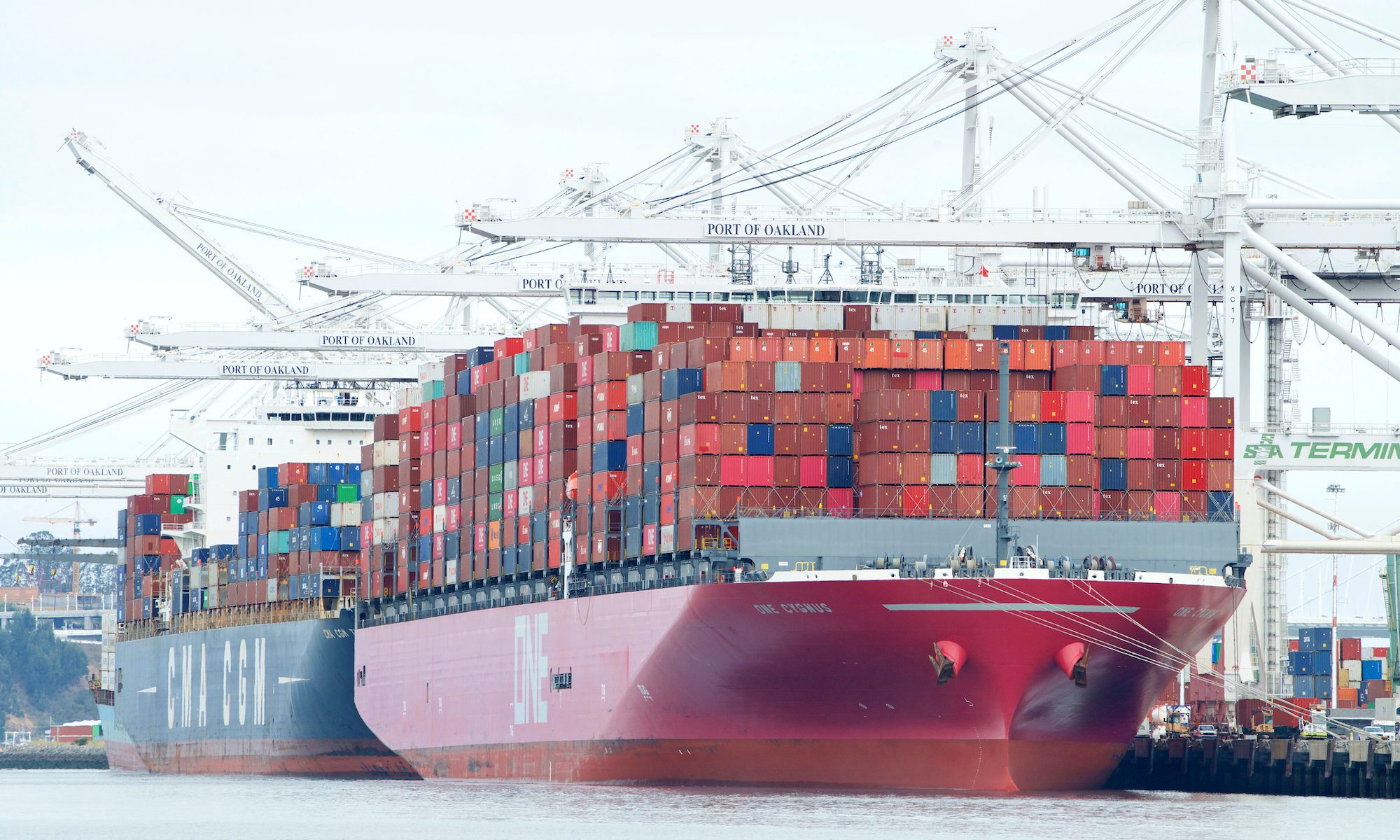WASHINGTON, March 12 (Reuters) – The U.S. may urge partners and allies to fund a privately run operation to send aid by sea to Gaza that could begin before a much larger U.S. military effort, said three people familiar with the planning and a U.S. official.
If funding is secured, the plan could bring ashore large amounts of aid in a matter of weeks and could be faster than U.S. military’s floating pier system that the Pentagon says could take up 60 days to become operational.
The U.S. official and one person familiar with the plan said the U.S. would not fund the project, and two other sources and the same U.S. official said Washington was considering asking allies to fund and support it via an international foundation that would accept money from governments and private sources.
While the U.S. government is prioritizing the military’s plan, the commercial project could complement that effort by providing support on shore in Gaza, since President Joe Biden’s administration has ruled out allowing U.S. troops to set foot in the enclave, even as they build the pier system.
Biden announced during his Thursday State of the Union speech that the U.S. military will build a temporary port on Gaza’s Mediterranean coast to receive humanitarian aid by sea.
The United Nations has warned that widespread famine in the Gaza Strip is “almost inevitable” without urgent action. A formal conclusion that famine has arrived in the coastal enclave of 2.3 million people could come this week.
A source familiar with the planning said the commercial option could become operational in 28 days once funded, although a second source said it would take at least a month. The plan would bring aid to Gaza aboard tug-boat pushed barges and then employ a crane to then lift containers onto shore.
Two sources said the project would allow delivery of about 200 truck-load equivalent containers of aid to Gaza per day. That would be less than the 500 truck-loads of aid that were delivered daily to the enclave before the start of the war.
U.S. officials have said the U.S. military operation would provide hundreds of additional truck loads of aid every day and those shipments would include more than two million meals, water, temporary shelters and medicine.
The anticipated cost of the commercial maritime project is around $200 million for six months, three sources said, with one source estimating it at $30 million a month.
The commercial planning is being spearheaded by Fogbow, an advisory firm which includes former U.S. government officials from the Department of Defense, U.S. AID and CIA, as well former U.N. officials, the sources said.
A Fogbow spokesperson declined comment when contacted by Reuters.
U.N. aid coordinator for the Occupied Palestinian Territory, Jamie McGoldrick, said he was briefed earlier this month by Fogbow on the plan it was working on with Qatar and the United Arab Emirates.
“It’s a good idea and I think it’d be helpful,” McGoldrick told Reuters, though he added that complications with aid delivery within Gaza and the cost of the Fogbow plan could make it “slower to get off the ground.”
“The more avenues we have to supply into Gaza, the better,” he said.
The U.S. official cautioned that it would ultimately be up to U.S. partners whether the project would go forward. The official also said it was unclear if the commercial option would indeed be faster than the military’s plan.
But the source said: “We would like this to ultimately be a commercial option so we are glad they have a non-military proposal.”
Once funded, the group would aim to dredge an area along the shore in northern Gaza to allow barges to come close to land and create a heavy-lift platform for the containers, which would then be stored on land for delivery by the United Nations or other international aid organizations.
The U.S. consideration of this commercial proposal comes as a separate, smaller scale maritime aid push started moving ahead on Tuesday.
The charity ship Open Arms sailed out of Larnaca port in Cyprus, towing a barge containing flour, rice and protein. The mission was funded mostly by the UAE and organized by U.S.-based charity World Central Kitchen (WCK).
(Reporting by Phil Stewart, Humeyra Pamuk, Jonathan Landay and Michelle NicholsEditing by Don Durfee and David Gregorio)
(c) Copyright Thomson Reuters 2024.
Unlock Exclusive Insights Today!
Join the gCaptain Club for curated content, insider opinions, and vibrant community discussions.

 Join The Club
Join The Club














